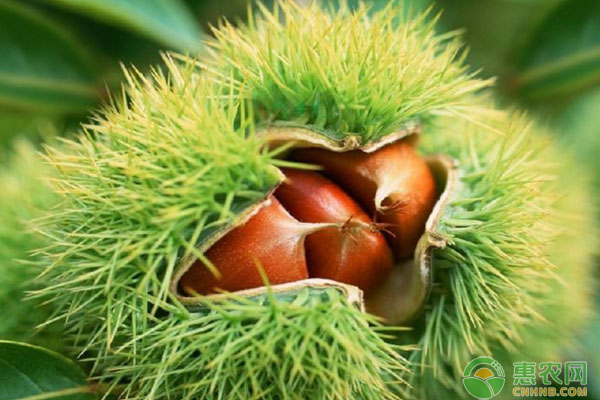Recently, some growers have reported that their chestnuts have become incompatible after grafting. Therefore, ask Xiaobian what methods to save. After Xiaobian finds relevant information, he has compiled a salvage method for chestnut grafting. The specific content is as follows, I hope to help everyone.

1 Chestnut grafting incompatibility symptoms
After grafting, chestnuts and rootstocks often fail to heal, the roots are not adequately fed by organic nutrients, the ability to absorb water and absorb water is reduced, and the tree becomes weak or even dead.
2 rescue method
2.1 Selection of grafting affinity varieties
Choose the varieties with strong affinity and good rootstock healing, such as Yanshan Zaofeng (3113).
2.2 Use rootstocks with close kinship
Chestnut grafting and breeding should use a common anvil, preferably the original anvil, grafted with local seedling chestnut seedlings to adapt to the local varieties of chestnut called co- anvil (such as Yanshan short-branched chestnut variety), the chestnut variety of the seedlings grafted the species called the anvil (such as the large plate red seedlings grafted large plate red variety), so the affinity is stronger, the survival rate is higher, can effectively reduce or avoid the grafting and other non-affinity phenomenon.

2.3 Bridging
When the marrying interface becomes thicker or the interface is blocked, it can be bridged for remediation in the spring of the second year by using the sprouting of the interface.
2.4 Interception of nutrient grafting
Without affecting the yield of chestnut, the original canopy is preserved, and the excellent chestnut variety is replaced by the nutrient grafting of the chestnut tree.
2.4.1 Saw ring cutting
First, use the scraper to scrape off the old wobble of the pre-grafting under the graft interface of the unfamiliar bag. The grafting site is best selected in the space where the sun-facing space is relatively large. The grafting site must be sawed with a saw at the trunk interface for 1 cortex. The grafted plug interface should be 1 cm deeper than other places, and the saw depth is about 2 to 3 cm.
2.4.2 Rootstock treatment
Use a grafting knife to cut the equilateral triangular groove with a length of 2 cm at the grafting cortex. After sharpening with a wooden stick, the rootstock layer is split and the cortex is removed.

2.4.3 Cutting the ear
Choosing the scion of wax, preferably 3113 and other excellent varieties with strong affinity, can improve the graft survival rate.
2.4.4 joint seal
After the scion is cut, insert the scion 45o into one side of the groove of the triangular cortex of the rootstock. The cortex can be clamped tightly with the scion, and then tightly wrapped with plastic strips.
2.4.5 Management after connection
When the new shoots of the scion grow to 20 cm, the tie strips are removed, the foam rubber seal is not treated, and the corresponding management measures are needed to ensure sufficient nutrient supply and promote robust growth, so as to expand the canopy and gradually replace the chestnut original varieties. For new fine varieties.
Polydextrose Diabetes,Nutitional Fiber,Tapioca Nutrition Supplement
Qingdao Bailong Huichuang Bio-tech Co., Ltd. , https://www.qdblcycn.com